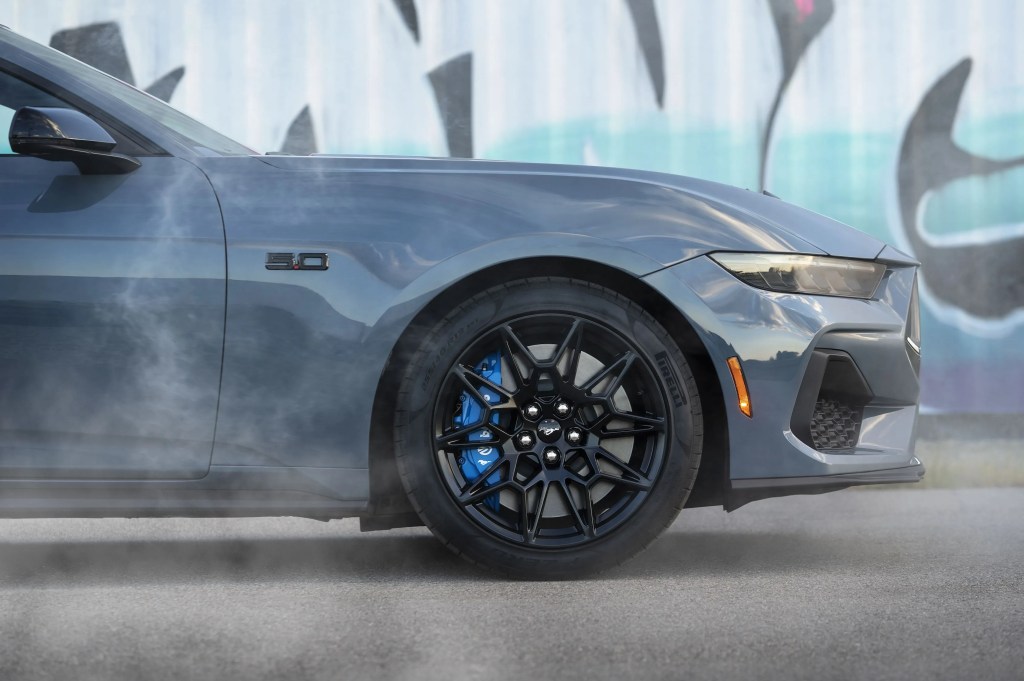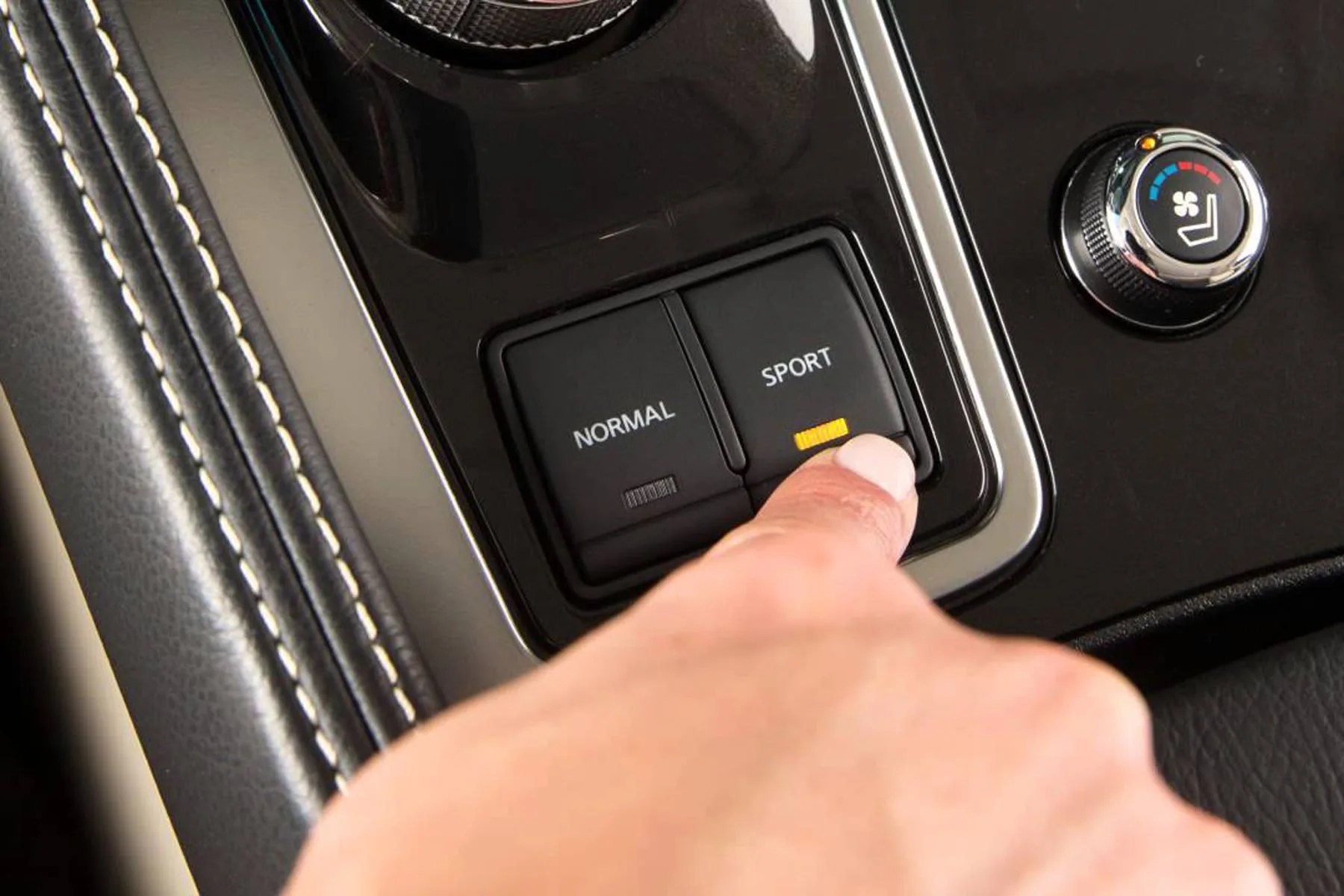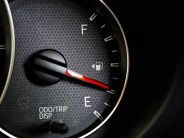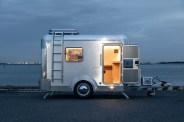If you have a car that was built in the past 10 to 15 years, there’s a halfway decent chance that, somewhere within an easy reach of the driver’s seat, there’s a button, knob or switch labeled Sport. If you’ve never used it, you might wonder: What is Sport mode? Is it bad for my car? If you have dared to push it, you might have found that it made your car seem quicker as you bop around town, almost as though your ride found a few extra ponies in the paddock.
Well, that Sport button doesn’t squeeze more horsepower out of your engine — but it might make you think that it has.
Gas pedals used to be mechanical
See, once upon a time, a car’s accelerator pedal was connected to the throttle directly through mechanical means, usually via a cable. That meant there was a fixed relationship between the travel of the gas pedal and the opening of the throttle that lets fuel flow into the engine by opening up. At its simplest, it was pretty much a direct correlation: push the gas pedal down 20 percent of the way, and the throttle opens up 20 percent as far as it can, etc.
By manipulating the linkages and cams, however, engineers could change this so that the car pushed proportionately more gas into the engine at the beginning of the pedal’s travel — i.e. pushing the pedal down 10 percent opened the throttle 20 percent of the way, pushing it down 50 percent opened the throttle 90 percent. (This relationship between the pedal and throttle position is known as the throttle map.)
 Ford
Ford






